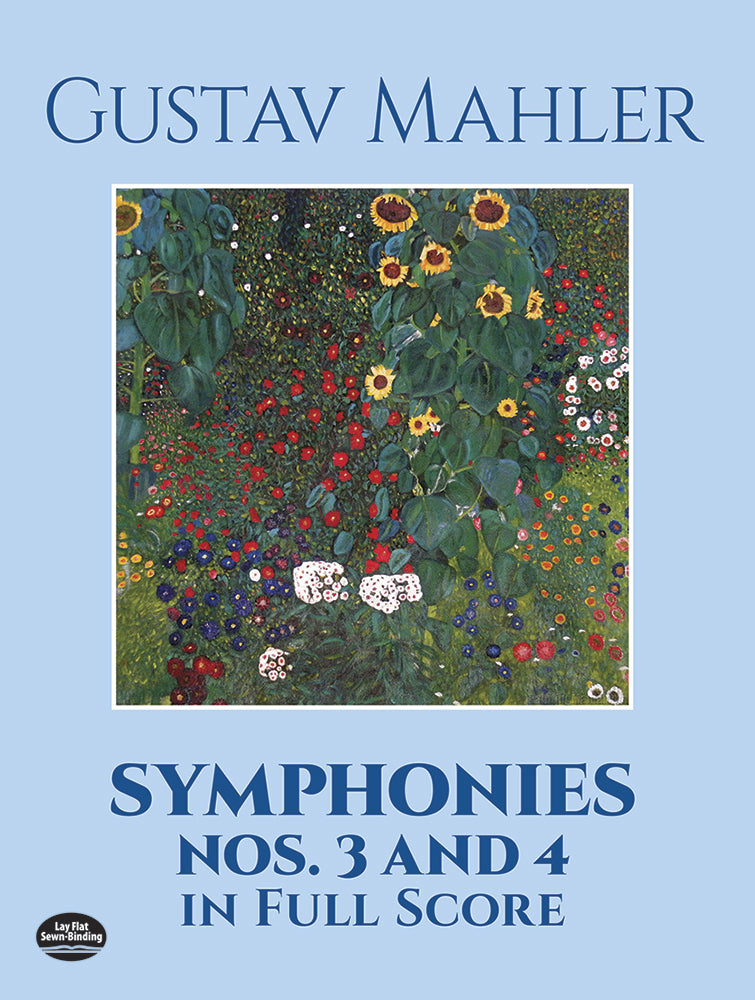
Dover Publications - 486
Mahler Symphonies Nos. 3 and 4 in Full Score
Composer: Gustav Mahler
Publisher: Dover Publications
Format: Full Score
Binding: Paperback
Dimensions: 9.38 in x 12.25 in
Pages: 368
Mahler Symphonies Nos. 3 and 4 in Full Score
Juilliard Store
144 West 66th Street
New York NY 10023
United States
Choose options
Mahler Symphonies Nos. 3 and 4 in Full Score
Juilliard Store
144 West 66th Street
New York NY 10023
United States
Mahler Symphonies Nos. 3 and 4 in Full Score
Juilliard Store
144 West 66th Street
New York NY 10023
United States
The Third Symphony, scored for a massive orchestra, was conceived as a vast nature cycle in six movements. These include the great opening march, the moving setting for alto of Nietzsche's "O Mensch! Gib Acht!" and the scintillating bell song for women's and boys' choirs "Es sungen drei Engel." The Fourth Symphony, more restrained in expression yet filled with affecting melody, is one of the most beloved of all Mahler's symphonies. Smaller in scale than the Third and classically proportioned, it progresses from the striking sleighbells of the opening and the rich complexities of the early movements to the deeply touching simplicity and beauty of the closing soprano song "Das himmlishce Leben."
Now music lovers can study the orchestral richness of these two great Mahler scores, reprinted here from original Viennese editions. In the unusually diverse musical textures of these two contrasting symphonic masterworks, music professionals, and students alike can explore the genius of the composer often regarded as the last great Austrian symphonist."
Reprint of the Universal Edition, Vienna, n.d.
